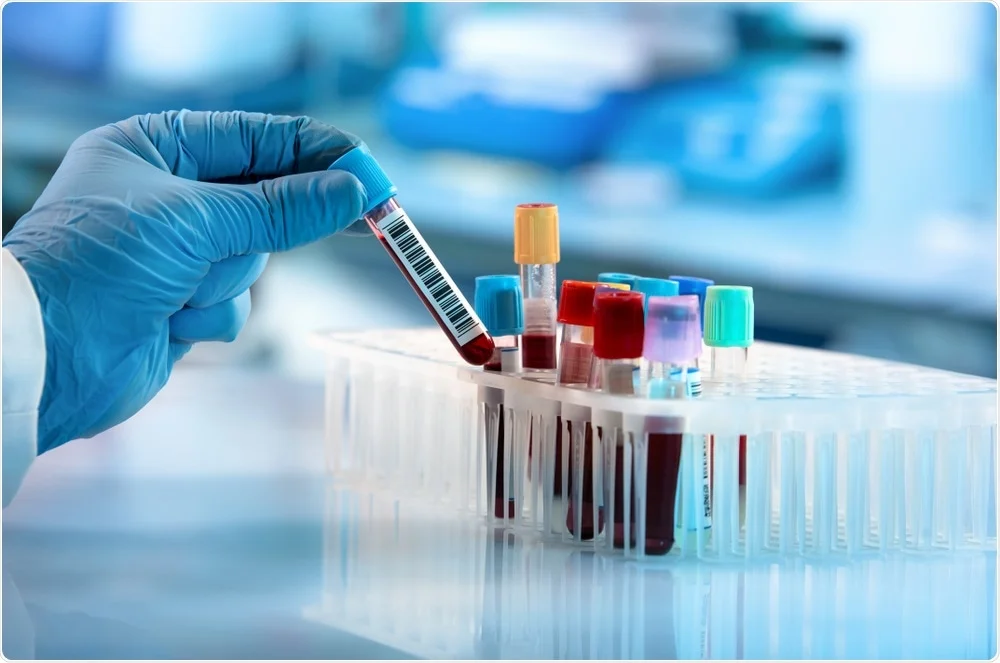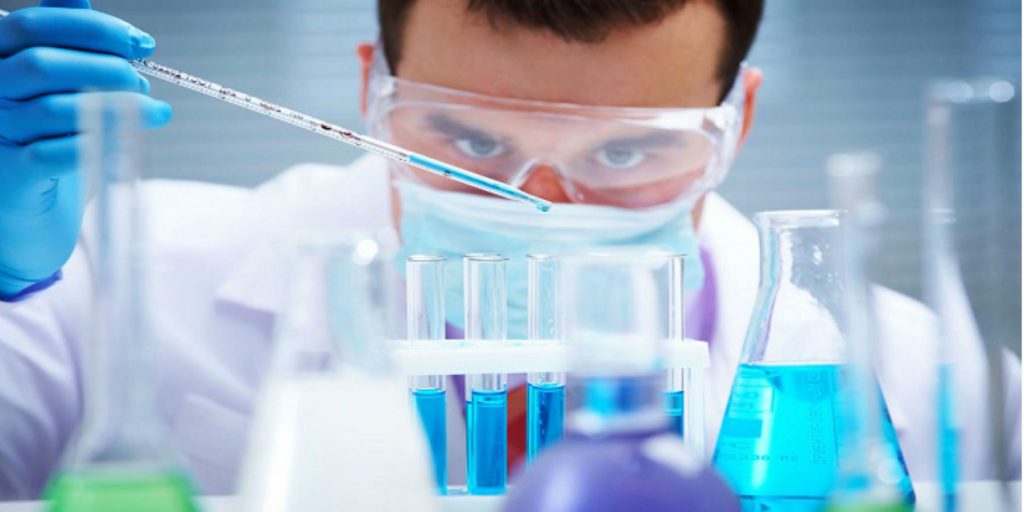The new article provides additional clarifications regarding the specific Essential Principles, and also describes the way they should be followed. In particular, the present article describes the principles to be applied concerning device-drug combination products and in vitro diagnostic medical devices.

Table of Contents
The Health Sciences Authority (HSA), Singapore’s regulatory agency in the sphere of healthcare products, has published a guidance document dedicated to the Essential Principles for the safety and performance of medical devices. The document is intended to provide additional clarifications regarding the applicable regulatory requirements, as well as recommendations to be considered to ensure compliance thereto. At the same time, provisions of the guidance are non-binding and are not intended to introduce new rules or impose new obligations. The authority also reserves the right to make changes to the recommendations provided in the guidance, should it be reasonably necessary to reflect the respective changes to the underlying legislation. The document describes, inter alia, specific Essential Principles, and explains the way they should be followed.
Protection Against Supply-Related Risks
The guidance addresses, inter alia, the matters related to the protection against the risks posed to the patient or user by medical devices supplying energy or substances. Under the general rule, medical devices for supplying the patient with energy or substances should be designed and manufactured in such a way that the amount to be delivered can be set and maintained accurately enough to ensure the safety of the patient, user, and others. The authority additionally emphasizes the importance of ensuring that the amount of energy or substance delivered would not result in additional risks. For this purpose, the products should contain special controls intended to prevent the accidental release of the amount that could be dangerous for the patient/user.

Combination Products
The guidance also describes the aspects related to the medical devices incorporating a substance considered to be a medicinal product/drug, i.e., combination products. It is important to mention that the said requirements apply to device-drug combination products – the authority explicitly states that the action of the said medicinal product/drug is ancillary to the action caused by the device itself. According to the guidance, the safety and performance of the medical device as a whole should be verified, as well as the identity, safety, quality, and efficacy of the substance in the specific combination product if dose, mechanism of action, and intended use of the substance are similar to that of the medicinal product when used separately. The authority also mentions that for the above rule, the scope of “medicinal products” covers any stable derivative of human blood or human plasma.
IVD – Performance Characteristics
The scope of the guidance also covers the aspects related to in vitro diagnostic (IVD) medical devices and the essential design and manufacturing principles associated thereto. According to the guidance, the aspects to be considered concerning the intended use include, inter alia, the analytical performance-related matters, such as:
- Traceability of calibrators and controls;
- Accuracy of measurement (trueness and precision);
- Analytical Sensitivity/Limit of detection;
- Analytical specificity;
- Measuring interval/range;
- Specimen stability.
The authority also mentions that in case the performance of the product in question depends on the calibrators or control materials used, the appropriate procedures should be introduced, while the measurement units used should be the commonly accepted ones.
When assessing the performance characteristics of an in vitro diagnostic medical device, the manufacturer should consider the following aspects:
- Intended user, for example, layperson, laboratory professional;
- Intended use environment, for example, patient home, emergency units, ambulances, healthcare centers, laboratory;
- Relevant populations (e.g. pediatric, adult, pregnant women, individuals with signs and symptoms of a specific disease, patients undergoing different diagnoses, blood supply screening, etc.). Populations evaluated should represent, where appropriate, ethnically and genetically diverse populations to be representative of the population(s) where the device is intended to be marketed. For infectious diseases, the populations selected should also have similar prevalence rates.
IVD – Chemical, Physical and Biological Properties
The scope of the guidance also covers the aspects related to the chemical, physical and biological properties of in vitro diagnostic medical devices. According to the guidance, the party responsible for a device in question should pay special attention to the possibility of impairment of analytical performance due to physical and/or chemical incompatibility between the materials used and the specimens, analyte or marker to be detected, taking account of the intended purpose of the device.
In summary, the present HSA guidance provides an overview of the regulatory requirements related to the Essential Principles for the safety and effectiveness of medical devices and highlights the most important aspects associated thereto to assist medical device manufacturers and other parties involved in ensuring continuous compliance with the said requirements. The document explains the general idea behind the concept of the Essential Principles and the way they should be applied when assessing new medical devices intended to be marketed and used in Singapore to ensure public health protection. The document also pays attention to standards used to demonstrate compliance with the applicable requirements. In particular, the authority provides additional clarifications regarding the types of standards, their sources, and applicability. The guidance consists of the introductory part which provides an overview of the general principles and regulatory approaches and the descriptive part (annex) which provides additional clarifications regarding each of the Essential Principles and explains the way the principles should be followed. As was mentioned before, the document is non-binding, however, compliance with the recommendations contained therein would streamline the regulatory procedures, as it describes the least burdensome approach based on the optimal balance between ensuring the safety of medical devices and their availability to healthcare professionals and patients.
Sources:
How Can RegDesk Help?
RegDesk is a next-generation web-based software for medical device and IVD companies. Our cutting-edge platform uses machine learning to provide regulatory intelligence, application preparation, submission, and approvals management globally. Our clients also have access to our network of over 4000 compliance experts worldwide to obtain verification on critical questions. Applications that normally take 6 months to prepare can now be prepared within 6 days using RegDesk Dash(TM). Global expansion has never been this simple.

